Bronchitis-
Bronchitis
Bronchitis is swelling of the liner of the big airways referred to as bronchi within the lungs. The swelling causes additional secretion than traditional to be created.
This can block the airflow through the lungs and may damage the lungs. Acute respiratory illness lasts two to four weeks and may be treated. Chronic bronchitis may be a long sickness of the lungs.
It is one disease in a group of lung diseases called COPD or chronic obstructive pulmonary disease. The damage often gets worse over time and cannot be cured.
Signs of Bronchitis
• A frequent cough
• Feeling tired
• Chest pain with coughing or deep breathing
• Noisy breathing
• Shortness of breath
• Body aches
• Fever or chills
• Sore throat
• Runny or stuffy nose

Birth Defect
Overview
A birth defect is a significant abnormality in appearance, structure, or function that is present at birth. These can affect how a baby looks, how their organs and body parts develop and work, or even how their body processes food into energy.
Birth defects are fairly common and can range from mild to severe. They may affect a single part of the body or multiple systems.
Causes of Birth Defects
Birth defects can occur due to one or more of the following factors:
-
Genetics: Inherited conditions or chromosomal abnormalities.
-
Lifestyle choices and behaviors: Such as smoking, alcohol, or poor nutrition during pregnancy.
-
Exposure to harmful substances: Certain medications, chemicals, or toxins during pregnancy.
-
Infections during pregnancy: Such as rubella, cytomegalovirus, or Zika virus.
-
Combination of factors: Sometimes, both genetic and environmental factors play a role.
Would you like me to also expand this with a list of common symptoms or examples of birth defects (like cleft lip, heart defects, spina bifida, etc.) for better clarity?
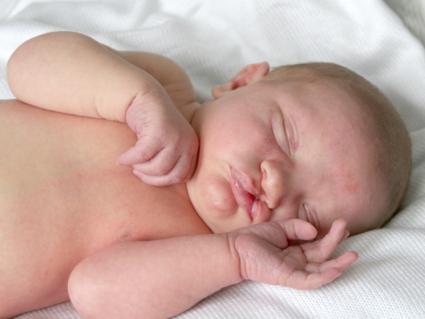
Bone Fracture
Fracture – Spaks Homeopathy
A fracture refers to a broken bone. It can occur due to a fall, injury, accident, or sudden impact. Even a small crack in the bone is considered a fracture. Bones in any part of the body can be affected.
There are different types of fractures:
-
Closed fracture – the bone breaks but does not damage surrounding tissues or pierce through the skin.
-
Open/compound fracture – the bone breaks and punctures the skin, often more serious.
Treatment usually involves using a cast or splint to keep the bone stable. In severe cases, surgery and hospitalization may be required. Generally, most fractures heal within 6–8 weeks with proper care.
Symptoms of Fracture
-
Intense pain at the injury site
-
Weakness or inability to bear weight
-
Numbness or tingling sensation
-
Swelling and bruising
-
Bleeding if the skin is broken
-
The limb may look bent or deformed if bones are displaced
-
Difficulty in movement
Spaks Homeopathy Care:
Homeopathy helps in faster bone healing, reducing pain, swelling, and preventing complications. Remedies are gentle, safe, and work naturally to strengthen bones during recovery.
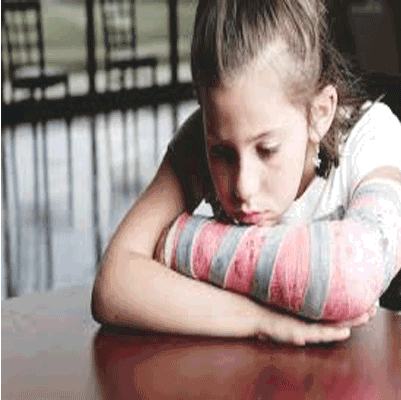
Kawasaki disease,
Kawasaki Disease
Overview
Kawasaki disease is a condition that causes inflammation in the walls of medium-sized arteries throughout the body. It mainly affects young children, especially those under the age of 5.
The inflammation often involves the coronary arteries, which supply blood to the heart muscle. Because it also affects lymph nodes, skin, and mucous membranes (in the mouth, nose, and throat), the disease is sometimes called mucocutaneous lymph node syndrome.
Early diagnosis and treatment are important to reduce the risk of long-term complications, particularly heart problems.
Signs and Symptoms
-
Severe redness in the eyes (without discharge)
-
Rash on the stomach, chest, and genitals
-
Red, dry, cracked lips
-
Swollen tongue with a white coating and large red bumps (“strawberry tongue”)
-
Sore, irritated throat
-
Swollen, red palms of the hands and soles of the feet (often purple-red)
-
Swollen lymph nodes, especially in the neck
Effects
If untreated, Kawasaki disease can cause:
-
Coronary artery aneurysms (ballooning of arteries)
-
Myocarditis (inflammation of the heart muscle)
-
Arrhythmias (irregular heartbeats)
-
Long-term risk of heart disease
-
Irritability, joint pain, and fatigue
Treatment
-
Intravenous immunoglobulin (IVIG): Given early to reduce inflammation and risk of heart damage
-
Aspirin: Helps reduce fever, pain, and prevent blood clots
-
Corticosteroids or biologic therapy: In resistant cases
-
Heart monitoring: Regular echocardiograms to check for coronary artery involvement
-
Supportive care: Rest, fluids, and monitoring of symptoms
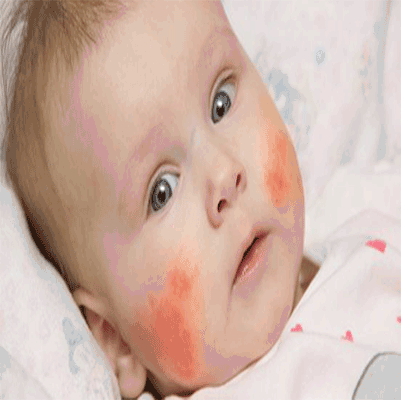
Measles.
Measles (Rubeola)
Overview
Measles, also called rubeola, is a highly contagious viral infection that mainly affects children. Once very common, it can now almost always be prevented with a vaccine.
While vaccination has reduced cases worldwide, measles can still be serious and sometimes fatal, especially in children under 5. Outbreaks continue to occur in areas with low vaccination coverage.
Symptoms
Measles symptoms usually appear 10–14 days after exposure and may include:
-
Fever
-
Dry cough
-
Runny nose
-
Sore throat
-
Inflamed eyes (conjunctivitis)
-
Small white spots with bluish-white centers inside the mouth (Koplik’s spots)
-
A widespread skin rash made up of large, flat blotches that may merge together
Effects / Complications
If untreated or in severe cases, measles may lead to:
-
Severe diarrhea and dehydration
-
Ear infections
-
Pneumonia (serious lung infection)
-
Encephalitis (brain swelling)
-
Malnutrition due to vitamin A deficiency
-
Rarely, death in very young children or those with weak immunity
Treatment
There is no specific antiviral medicine for measles. Treatment focuses on relieving symptoms and preventing complications.
General / Medical Treatment
-
Rest and adequate fluids
-
Paracetamol or ibuprofen for fever and discomfort
-
Vitamin A supplements (help prevent severe complications in children)
-
Antibiotics only if secondary infections (like pneumonia or ear infection) occur
Homeopathic Supportive Remedies (used under expert guidance)
-
Aconitum napellus – for high fever with restlessness
-
Belladonna – for sudden fever, red eyes, and flushed face
-
Euphrasia – for watery eyes and cough
-
Pulsatilla – for rash with cough and thick mucus, especially in children
-
Sulphur – to help rash come out fully and aid recovery
This gives you a full structured note: Overview → Symptoms → Effects → Treatment (modern + homeopathy).
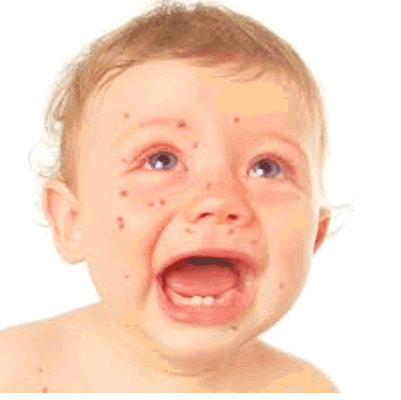
Diarrhea
Here’s a clear, structured version of your content on Diarrhea with added Effects and Spaks Homeopathy Treatment:
What is Diarrhea?
Diarrhea is a common condition, especially in children, characterized by frequent, loose, or watery stools.
It usually lasts for a few days (less than 1 week, and not more than 14 days). In most cases, it is mild and temporary, but if not treated properly, it can lead to dehydration, which may become serious.
Children with diarrhea may also experience additional symptoms such as fever, nausea, vomiting, abdominal pain, cramps, or blood/mucus in the stool.
Symptoms of Diarrhea
-
Loose, watery stools
-
Abdominal cramps and pain
-
Fever
-
Nausea and vomiting
-
Bloating
-
Blood or mucus in the stool
-
Generalized weakness
-
Headache (in viral gastroenteritis)
Effects / Complications
If diarrhea is not managed properly, it may cause:
-
Dehydration (loss of water and salts)
-
Weakness and fatigue
-
Nutrient deficiency (loss of essential vitamins/minerals)
-
Delayed growth in children if prolonged
-
In severe cases, hospitalization may be required for fluid replacement
Treatment with Spaks Homeopathy
Spaks Homeopathy offers safe and effective remedies to manage diarrhea, reduce fluid loss, and improve digestion naturally.
? Key Remedies Used in Spaks Homeopathy:
-
Arsenicum Album – For watery stools with weakness, restlessness, and burning sensation.
-
Podophyllum – For profuse, offensive, painless watery stools.
-
China (Cinchona Off.) – For weakness after fluid loss, bloating, and excessive gas.
-
Aloe Socotrina – For sudden, urgent stools with abdominal rumbling.
-
Veratrum Album – For diarrhea with vomiting, cramps, and cold sweats.
-
Mercurius Solubilis – For mucus/blood in stools with abdominal pain.
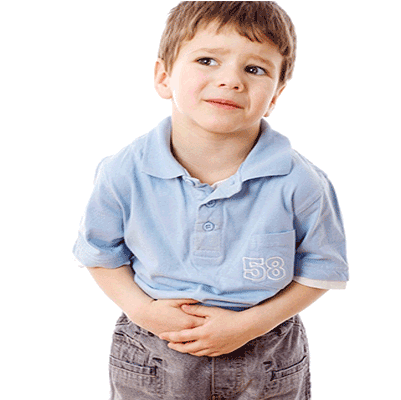
Fever..
Overview
A fever is a temporary rise in body temperature, often triggered by an illness or infection. It is usually a sign that the body is actively fighting off harmful microorganisms.
In adults, fever is generally harmless but may cause discomfort. It usually isn’t a cause for concern unless it reaches 103°F (39.4°C) or higher. In infants and toddlers, however, even a slightly raised temperature can be an indication of a serious infection.
Most fevers resolve within a few days, sometimes without treatment. While over-the-counter medicines can lower fever, in many cases, fever itself helps the body’s immune system fight infections naturally.
Symptoms of Fever
-
Sweating
-
Chills and shivering
-
Headache
-
Muscle aches
-
Loss of appetite
-
Irritability
-
Dehydration
-
General weakness or fatigue
Effects of Fever
-
Temporary discomfort and weakness
-
Risk of severe dehydration if not managed
-
Increased irritability and fatigue affecting daily activities
-
May signal serious underlying infections in children
-
If prolonged or very high, may cause seizures in children (febrile seizures)
Treatment with Spaks Homeopathy
Spaks Homeopathy offers a gentle and natural approach to managing fever. Instead of merely suppressing the temperature, treatment focuses on strengthening immunity, reducing discomfort, and addressing the root cause of the fever.
Benefits of Spaks Homeopathic Treatment:
-
Brings down high temperature safely
-
Relieves headache, muscle pain, and body weakness
-
Controls chills, shivering, and sweating
-
Improves appetite and hydration levels
-
Helps prevent frequent episodes of fever
-
Safe and free from harmful side effects
At Spaks, remedies are prescribed after a detailed case study to ensure personalized care for both children and adults.
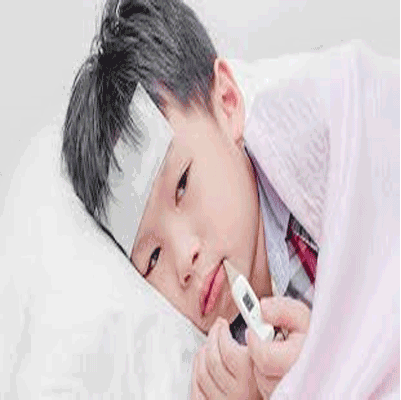
Allergy..
Overview
Allergies once system reacts to substance — like spore, bee venom or pet dander — or a food that does not cause a reaction in most people. Your immune system produces substances known as antibodies.
When you have allergies, your system makes antibodies that identify a particular matter as harmful, although it's not.
When you get contact with the matter, your immune system's reaction will inflame your skin, sinuses, airways or digestive system.
Symptoms
- sneezing associated an itchy, fluid or blocked nose (allergic rhinitis)
- itchy, red, watering eyes (conjunctivitis)
- wheezing, chest tightness, shortness of breath and a cough
- a raised, itchy, red rash (hives)
- swollen lips, tongue, eyes or face
- tummy pain, feeling sick, vomiting or diarrhoea
- dry, red and cracked skin
